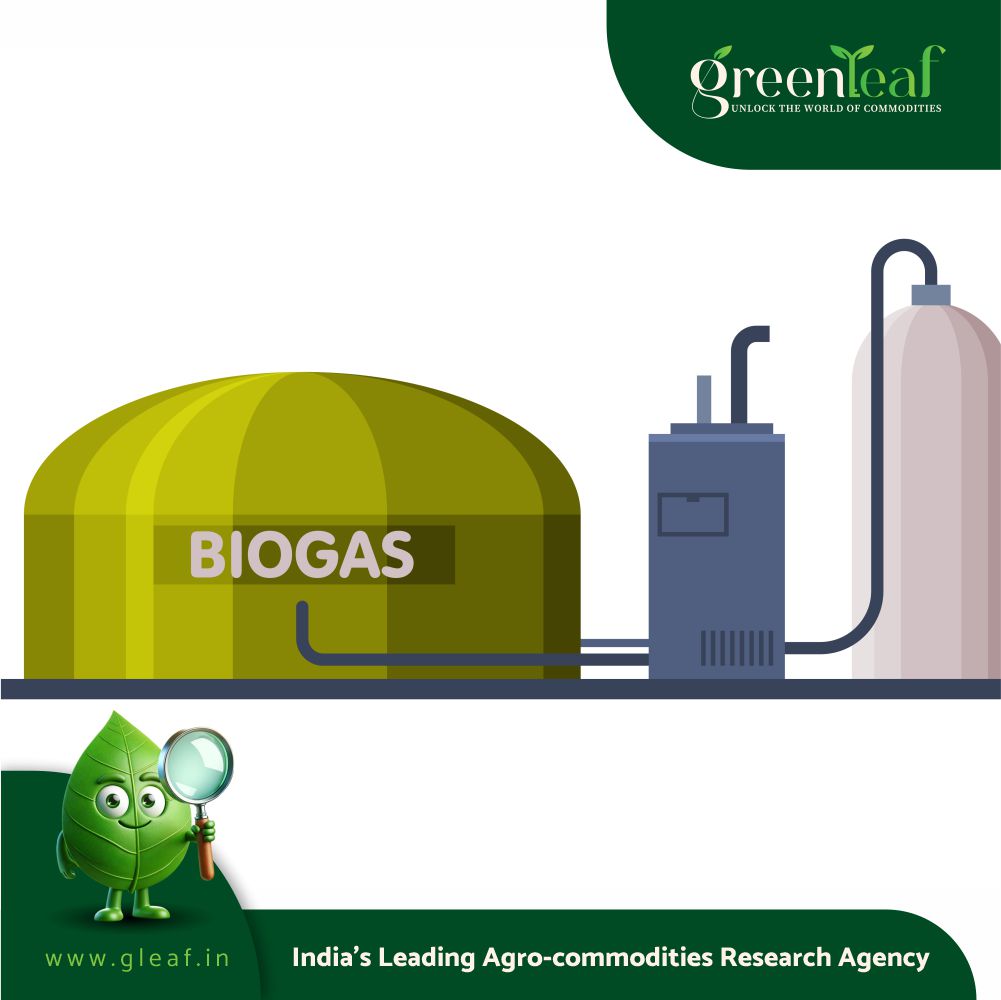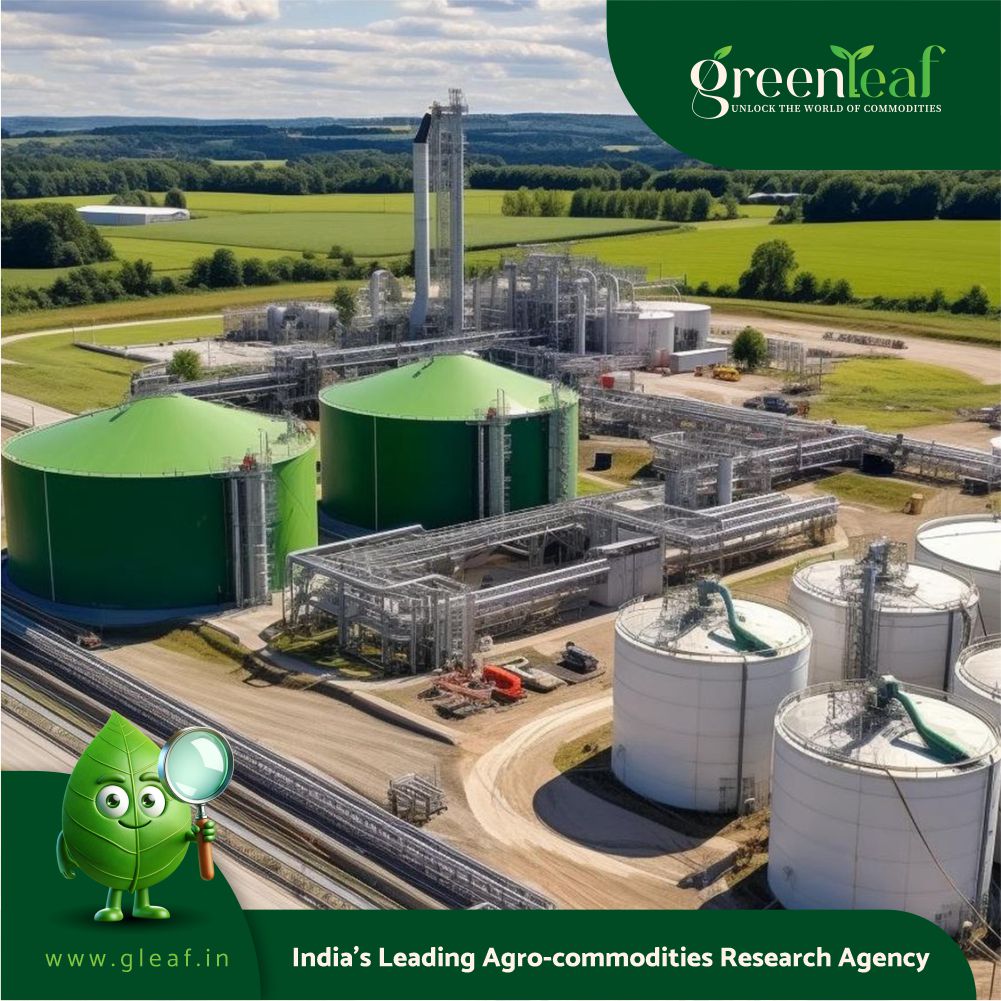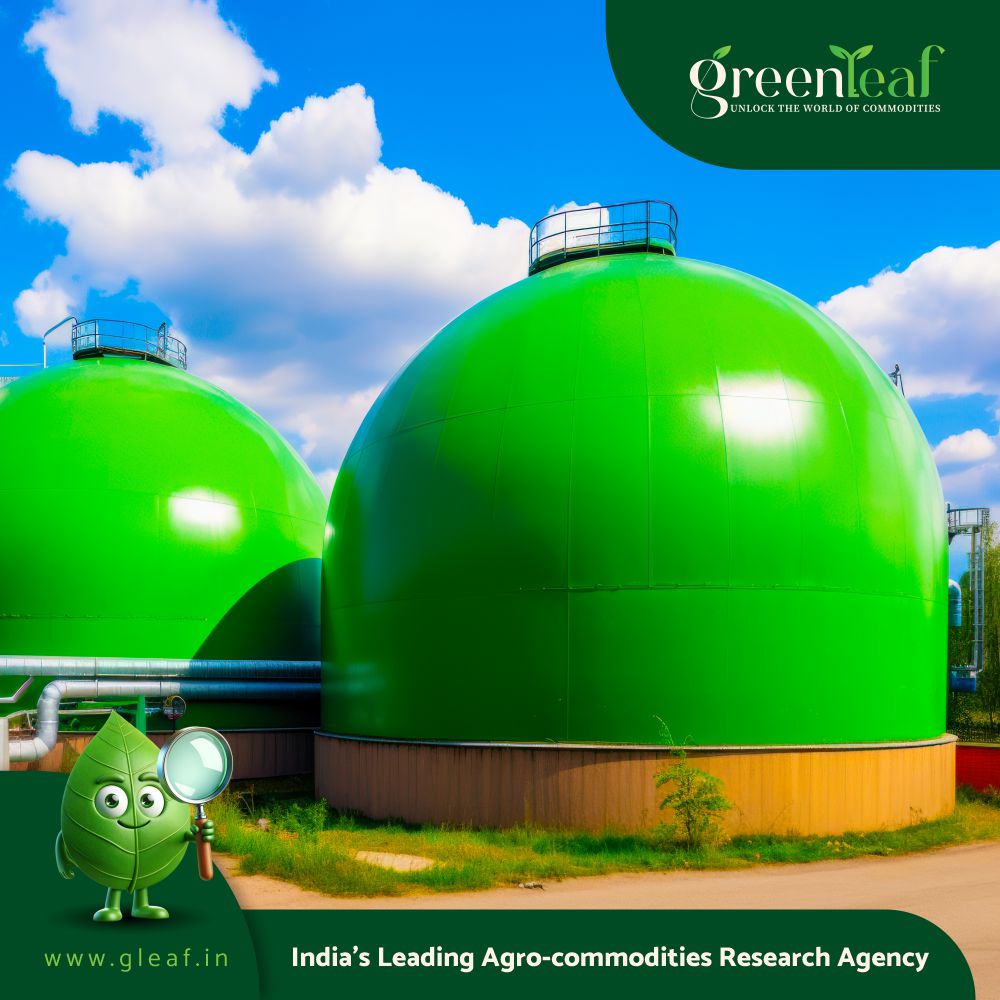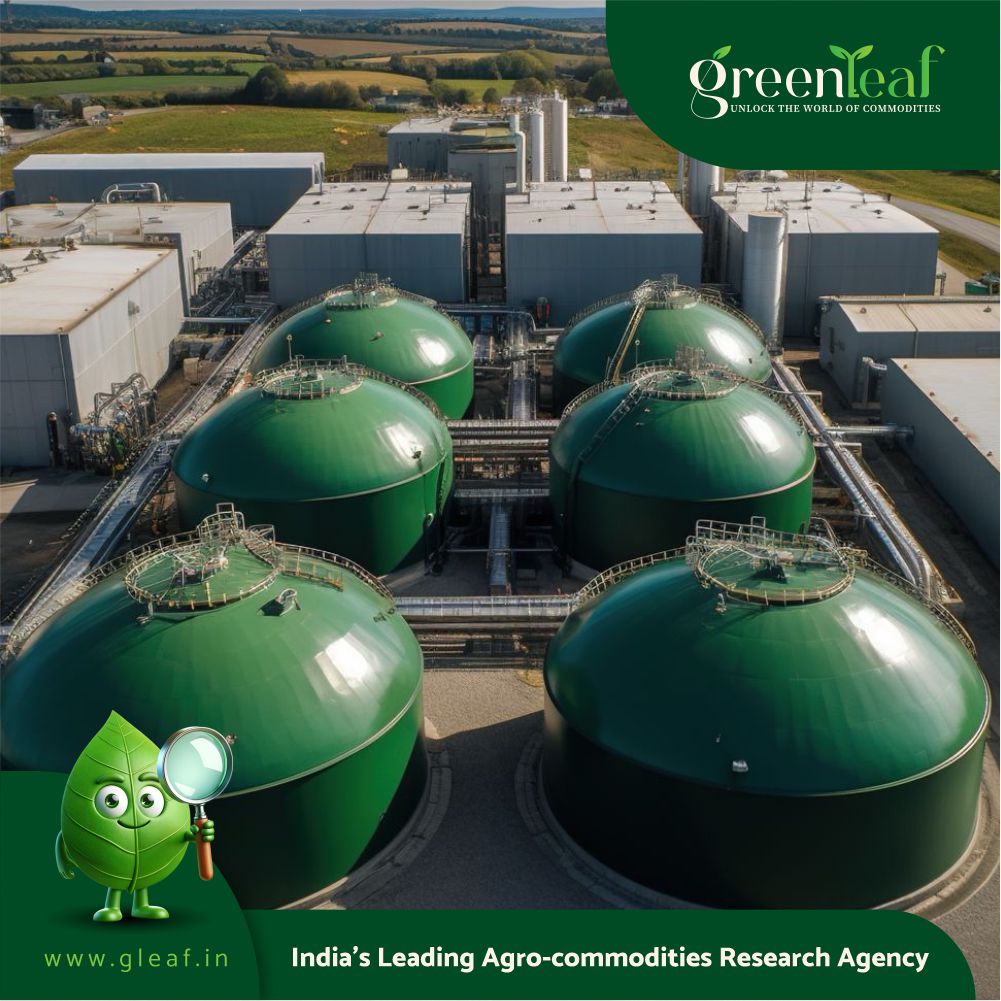By 2030, USD 4-5 billion of private investment is anticipated to be pumped into the Indian CBG industry.
This is in line with the goal for lowering the burden of tax on the rest of the green energy sources apart from biogas, such as windmills, solar-powered generators, solar lanterns and waste-to-energy systems.
The hope is that in combination with these devices, rural areas will more easily be able to access decentralised renewable energy.
The reduction of GST will lower the installation expenses.
"This reform will not only make biogas more accessible but also create jobs in manufacturing, installation, and maintenance," Indian Biogas Association president AR Shukla said in the statement.
He even emphasised the fact that a complete value chain analysis needs to be done to understand the extent of impact at different levels.
"As a continued effort to make the CBG ecosystem more conducive, going forward, a special focus should be given to the upstream supply chain of components used in biogas plant equipment.
From September 22, a 5 per cent GST will be levied for most common-use goods and 18 per cent on everything else. The GST Council took a unanimous decision to do away with the 12 and 28 per cent slabs, the biggest rejig in 8 years since Goods and Services Tax (GST) was rolled out on July 1, 2017.
Biogas plants and devices should become cheaper and more accessible and more financially attractive for investment, said the Indian Biogas Association (IBA) in a statement.
A reduction of 7 per cent (from 12 per cent to 5 per cent) in the applicable GST rate for the CBG (compressed biogas) sector is expected to significantly improve project viability, and the direct impact would translate into 4-5 per cent increase (even on a conservative side) in new investments in the industry over the short to medium term. Indirectly, across the industry value chain, the multiplier effect would be much larger, it said.
By 2030, USD 4-5 billion of private investment is anticipated to be pumped into the Indian CBG industry.
This is in line with the goal for lowering the burden of tax on the rest of the green energy sources apart from biogas, such as windmills, solar-powered generators, solar lanterns and waste-to-energy systems.
The hope is that in combination with these devices, rural areas will more easily be able to access decentralised renewable energy.
The reduction of GST will lower the installation expenses.
"This reform will not only make biogas more accessible but also create jobs in manufacturing, installation, and maintenance," Indian Biogas Association president AR Shukla said in the statement.
He even emphasised the fact that a complete value chain analysis needs to be done to understand the extent of impact at different levels.
"As a continued effort to make the CBG ecosystem more conducive, going forward, a special focus should be given to the upstream supply chain of components used in biogas plant equipment















